Argyll Holidays’
Argyll Holidays’ 8 scenic holiday parks are proudly part of Cove UK. The same stunning places and friendly faces you know and love, now supported and invested in by one of the UK’s leading holiday park groups.
Cove are committed to ensuring that the holidaymaker and homeowner experience at all our parks meets all of your expectations and more. We’re constantly looking for ways to improve our parks, from brand-new activities, award-winning entertainment and exciting new menus to of course keeping our scenic locations beautiful.
Exceptional Resorts
Escape to a family paradise where the fun never stops!
Holidays & Ownership
Hunters Quay Holiday Village, Dunoon
Ways to stay
Caravans | Lodges | Hot Tub Lodges | Ownership
Facilities
Go Cove activities | New entertainment arena
Restaurants & takeaways | Pool and gym |
Loch & Play Arcade | Captain Jack’s play zone

Drimsynie Holiday
Village, Lochgoilhead
Ways to stay
Hotel | Caravans | Lodges | Hot Tub Lodges
Hot Tub Cottages | Ownership
Facilities
Go Cove activities | Outdoor pursuits | Spa, pool and gym | Funhouse | Bar & restaurant | 9-hole golf-course | Evening entertainment

Beyond the Resorts:
Discover the peaceful charm of our smaller holiday parks
Holidays & Ownership
A LIFETIME OF HOLIDAYS
Own your holiday home at any of our 8 holiday parks
Breathtaking views, warm community living
With Argyll Holidays, it’s easier and more affordable than you think. Choose from a great choice of fantastic lodges and caravans for sale across our unique parks, each surrounded by scenes of breathtaking Scottish beauty. And once you have your dream home away from home, you can simply jump in the car and be in your own little piece of paradise in just a short drive – any time you like…
Loch Eck Country Lodges and St. Catherines Caravan Park are exclusively for owners only.
THE ULTIMATE ESCAPE
Owner-only parks
Own an exclusive retreat at
Loch Eck Country Lodges
Join this exclusive community of holiday lodge owners on the shores of bonnie Loch Eck. Each home occupies a spacious plot, while easy access to the loch makes it a haven for anglers and boat enthusiasts alike.
Owner experience
Owner only | Open all year round | Slipway for boats | Pet-friendly | Landscaped grounds | Use of facilities at Hunters Quay
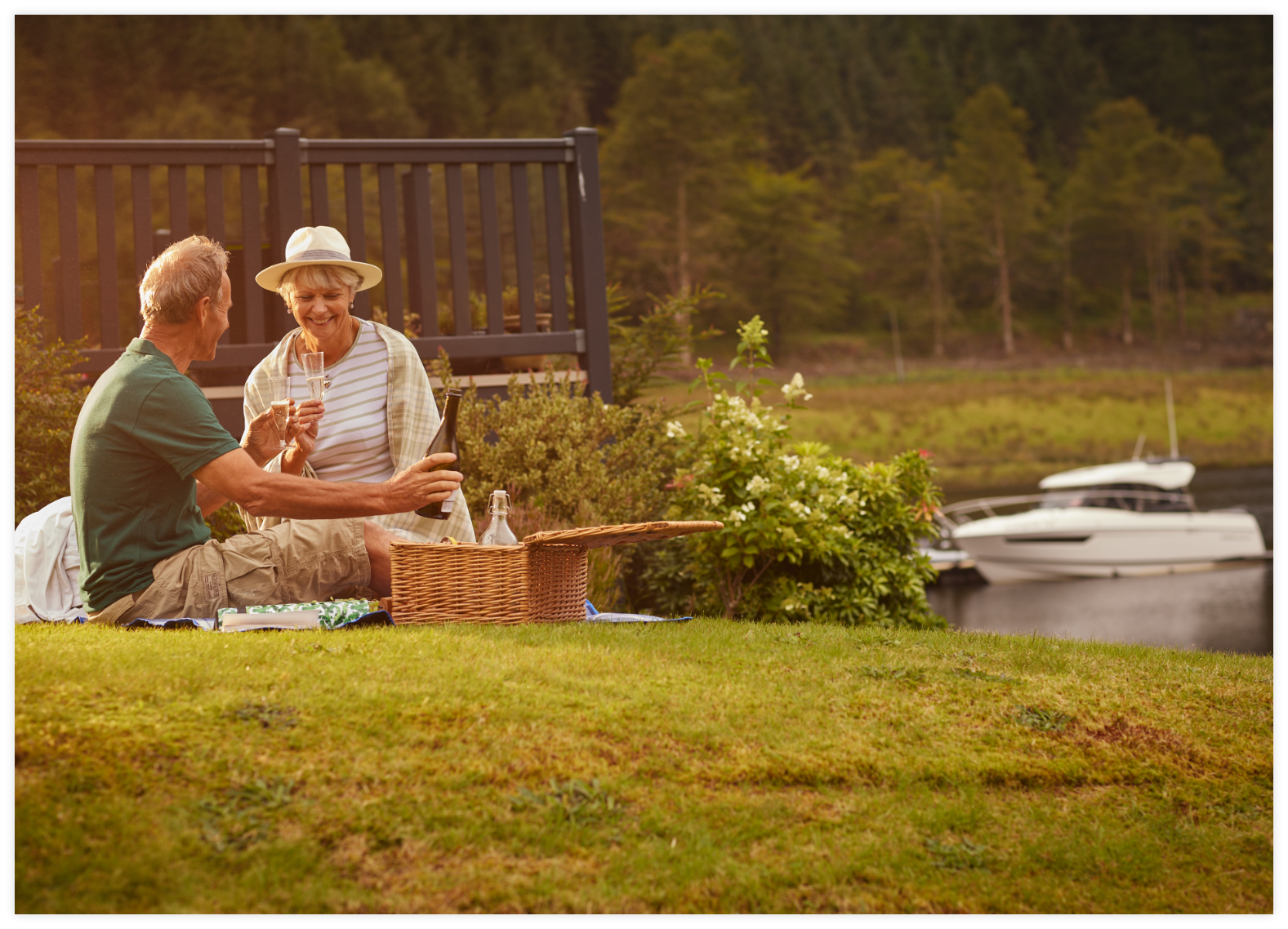
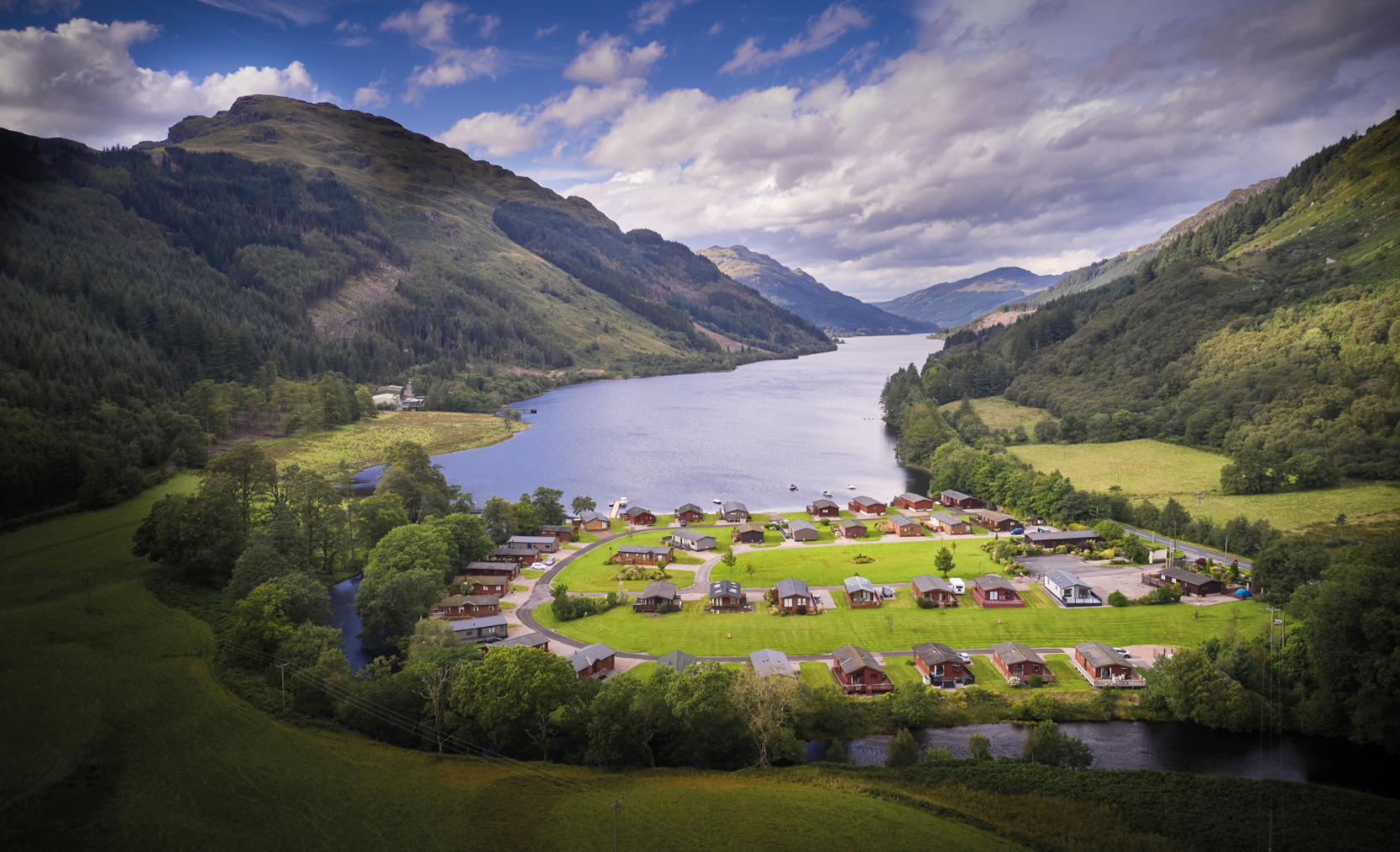

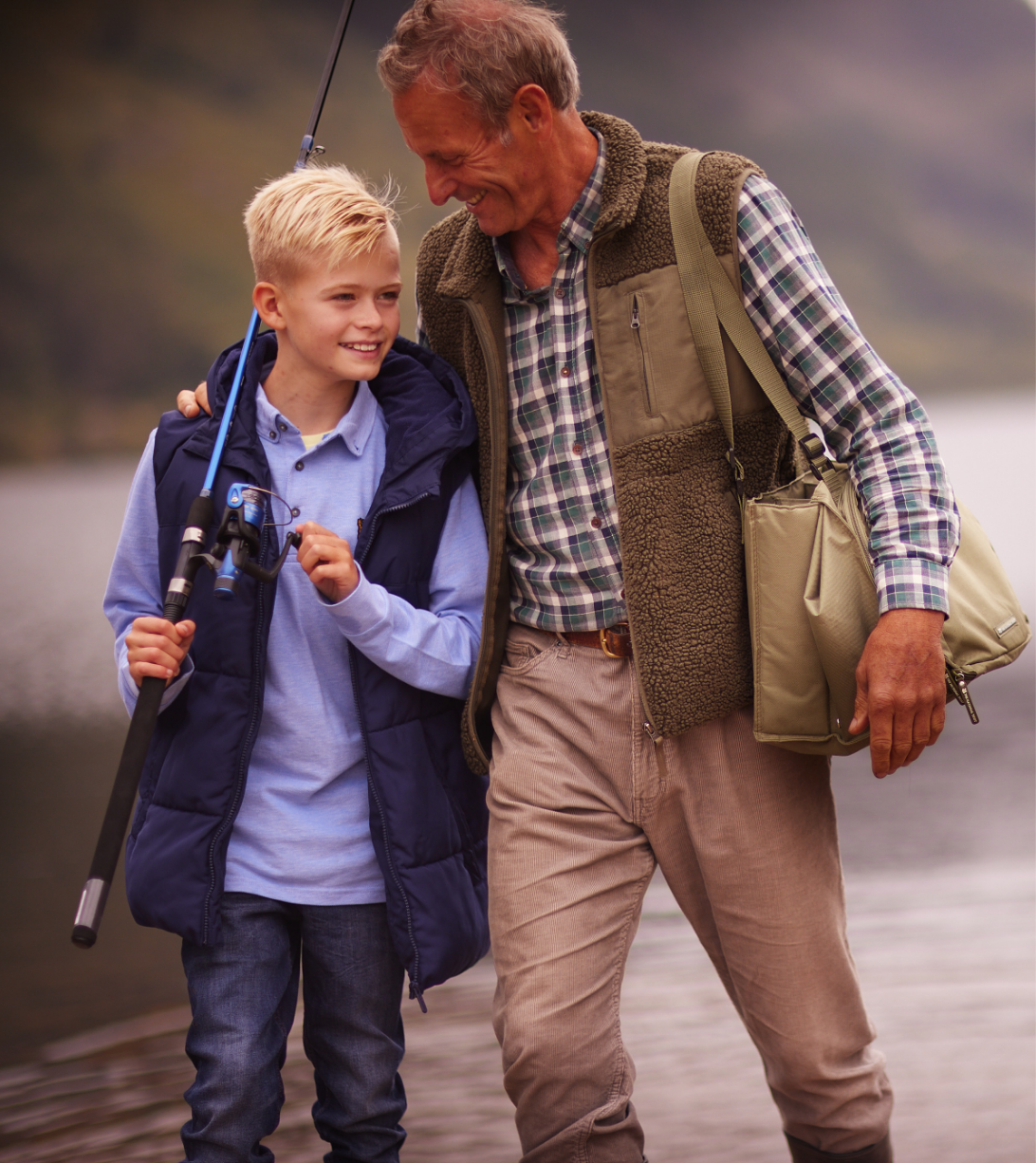
Own an exclusive retreat at
St. Catherines Caravan Park
With views across the waters of Loch Fyne all the way to Inveraray, St. Catherines Caravan Park is a secluded wee gem. Perfect for seafood lovers, the award-winning Loch Fyne Oysters restaurant, gourmet shop and smokehouse are just seven miles away, offering owners an exclusive discount, and in less than 40 minutes you can be at Loch Lomond.
Owner experience
Owner only | Small park of just 64 homes | Panoramic Loch Fyne views | Peaceful location | Pet-friendly | Use of facilities at Drimsynie Estate Holiday Village.

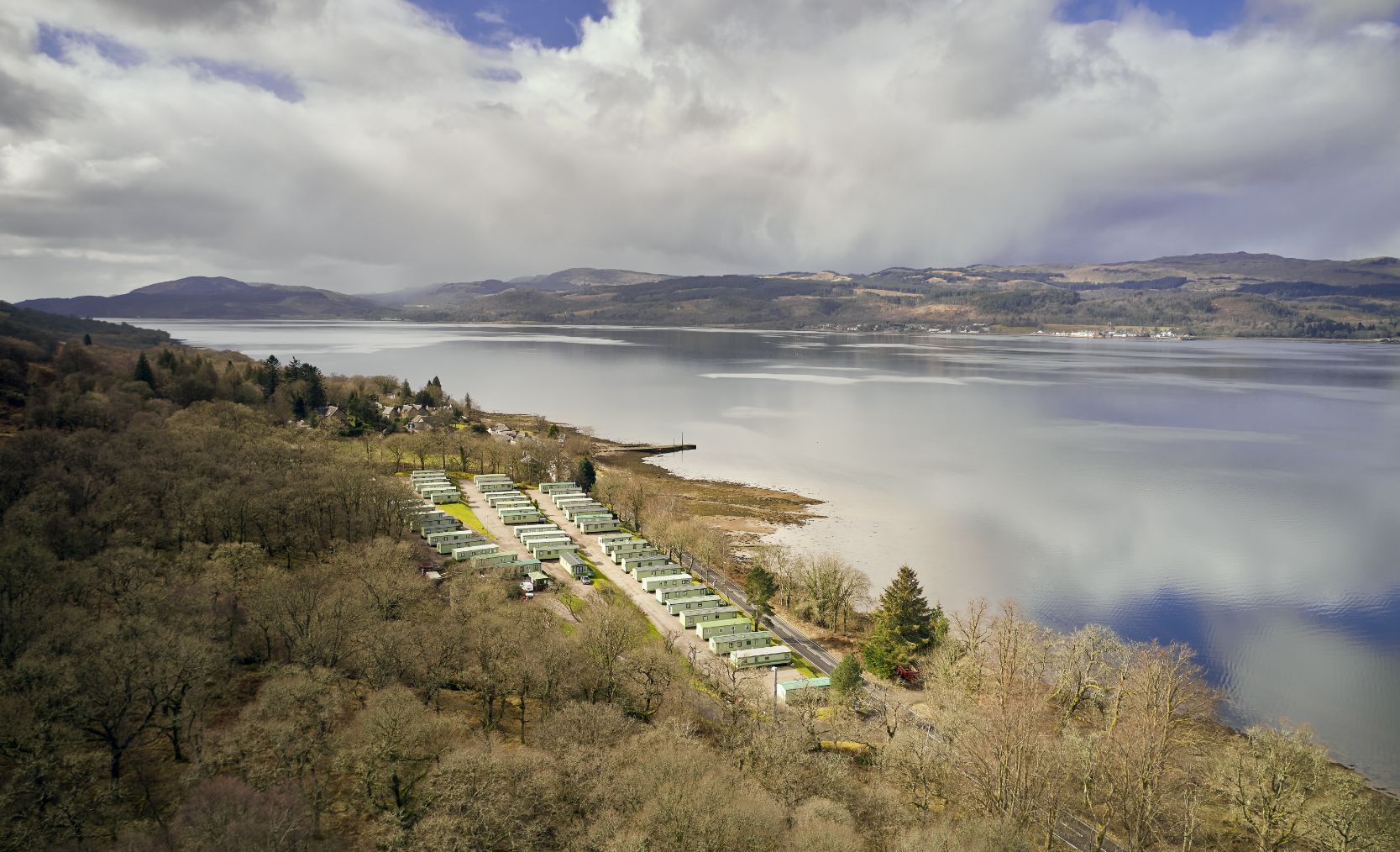

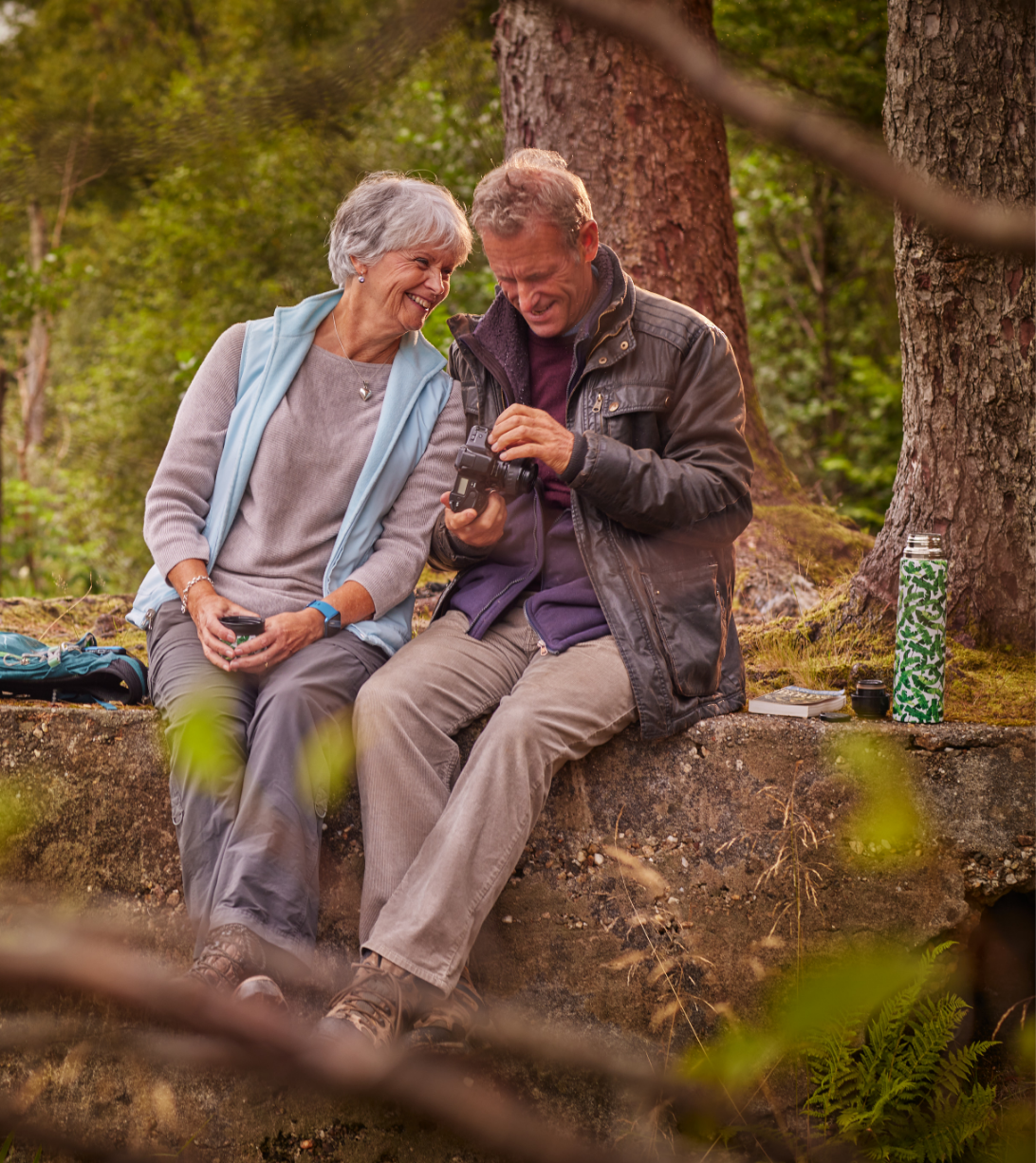
Your Dream
Holiday Home
Awaits
Holiday Homes starting from just
£36,995
If you’re looking to buy a holiday home, it needs to be the right lodge or caravan to suit your needs – but it needs to be in the right location too. There’s none more beautiful than our breathtaking new woodland development at Hunters
Quay, Camas Wood.

STUNNING LOCATIONS







